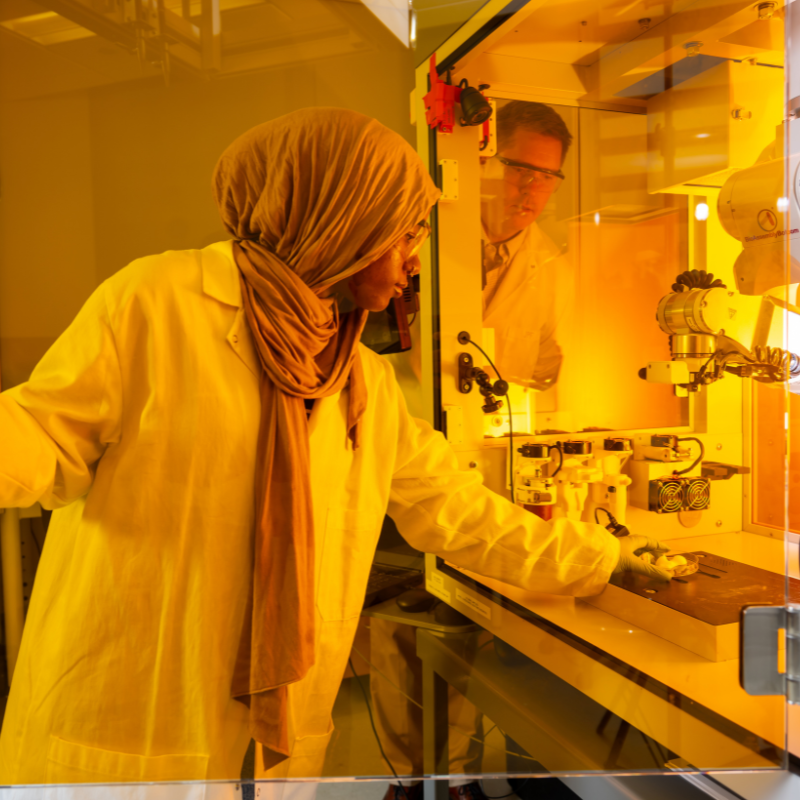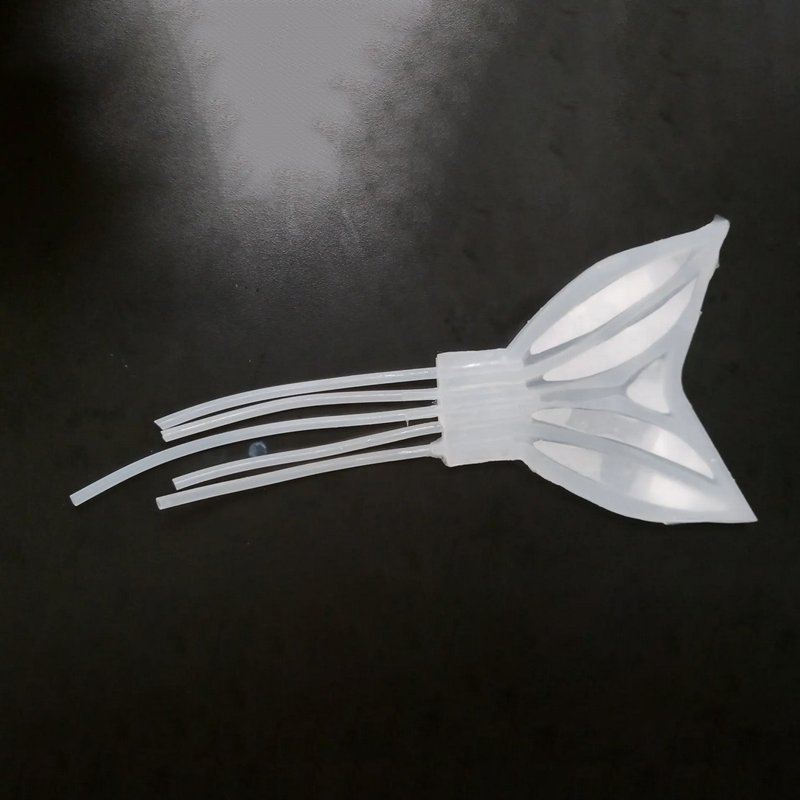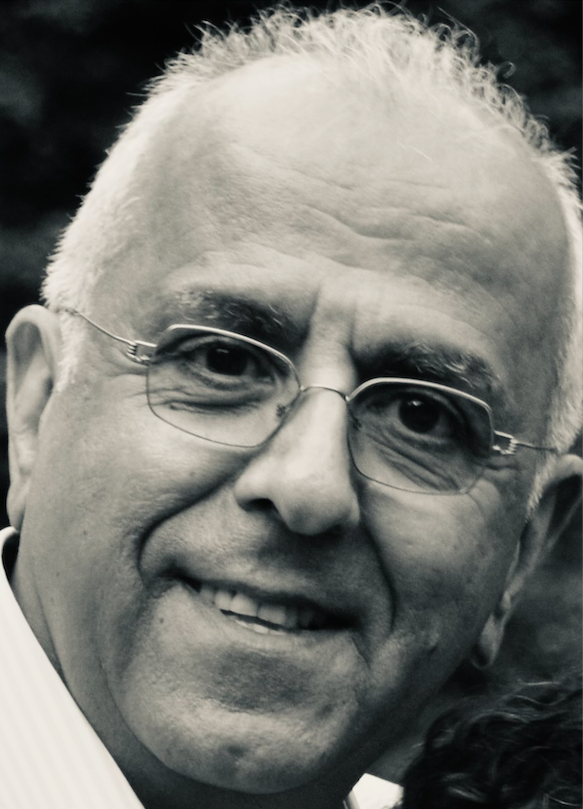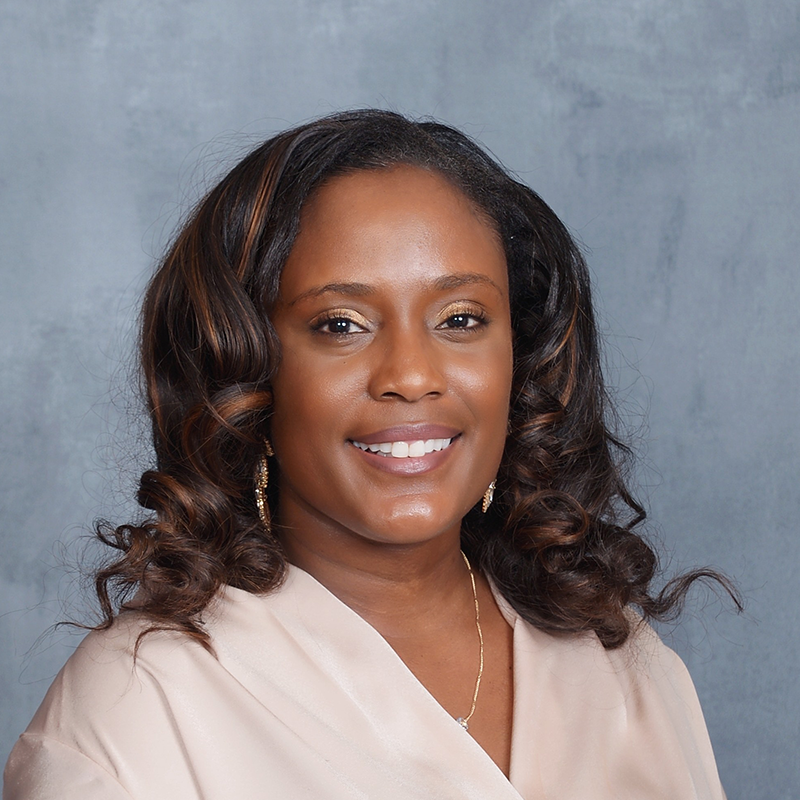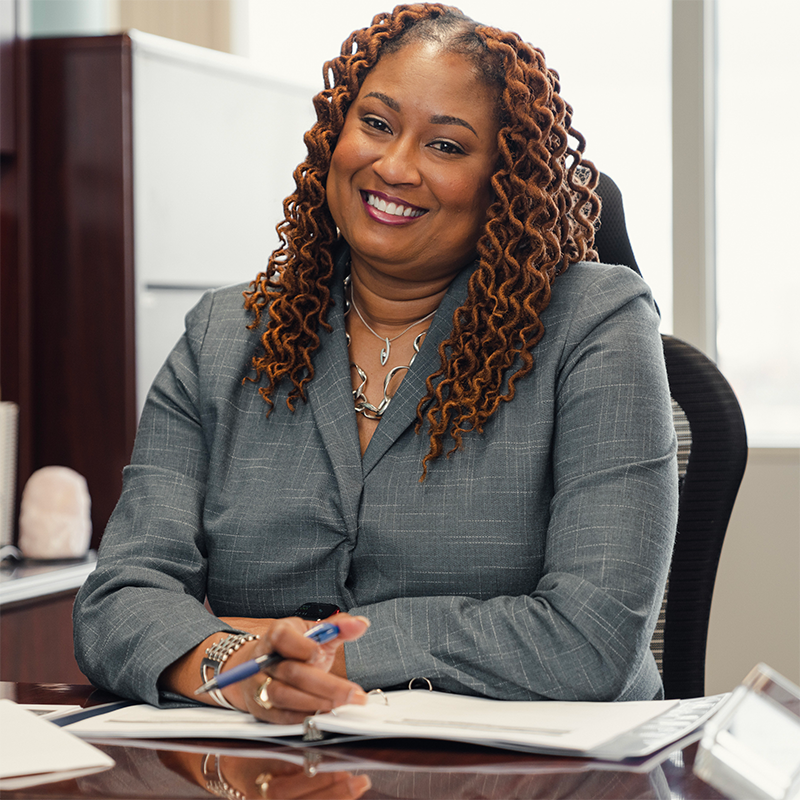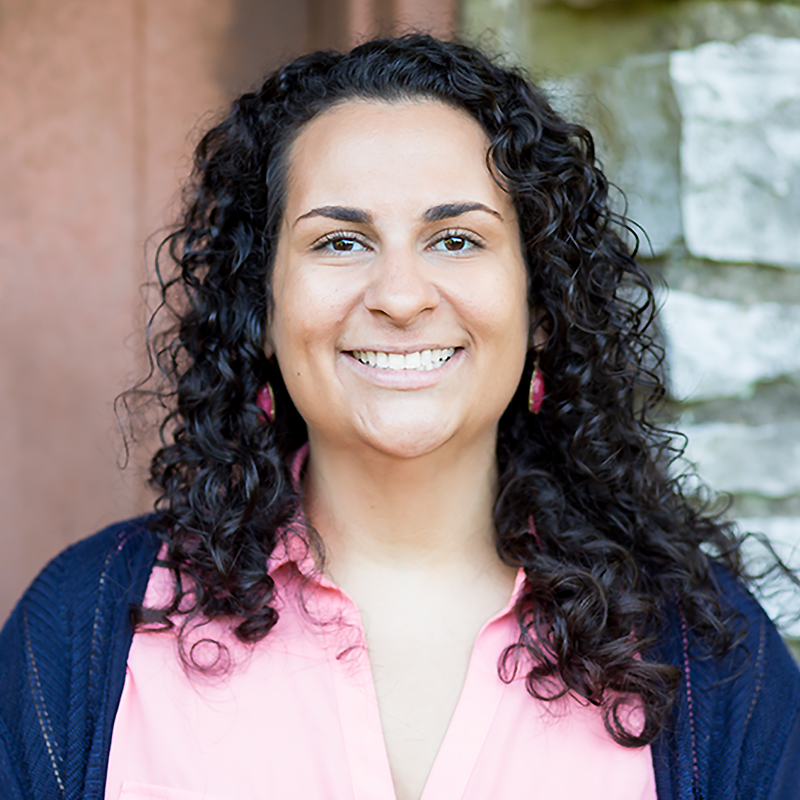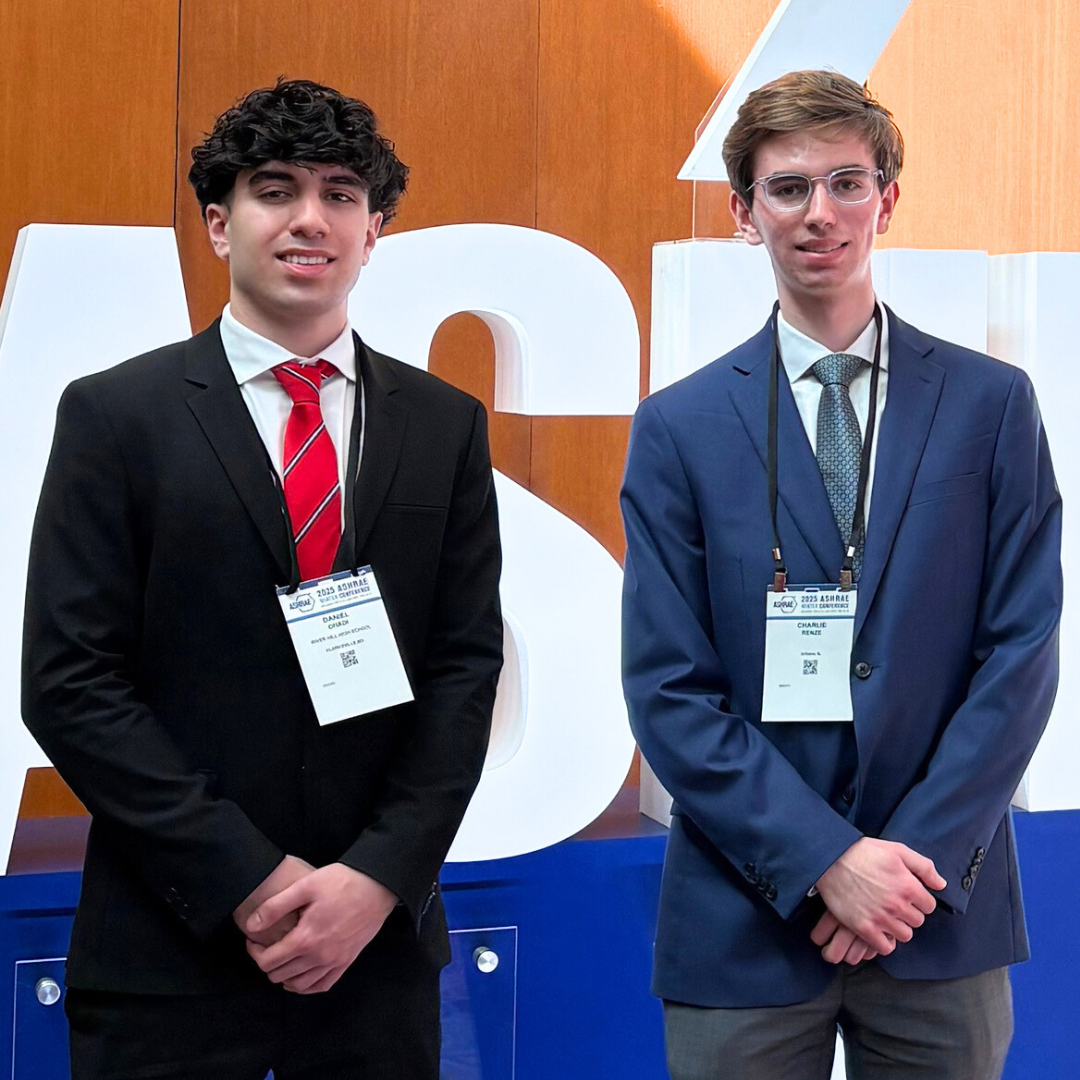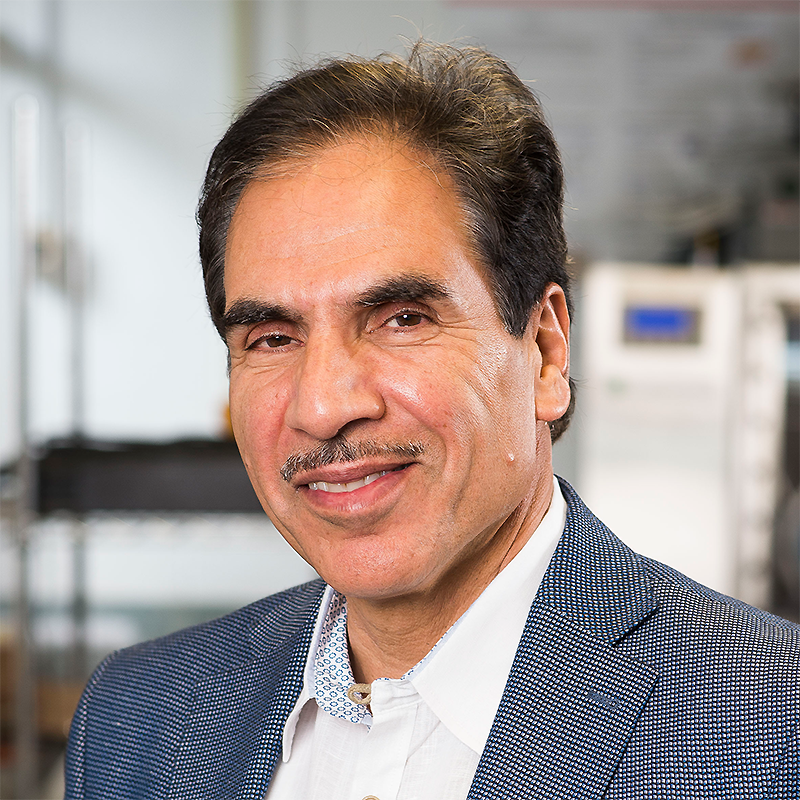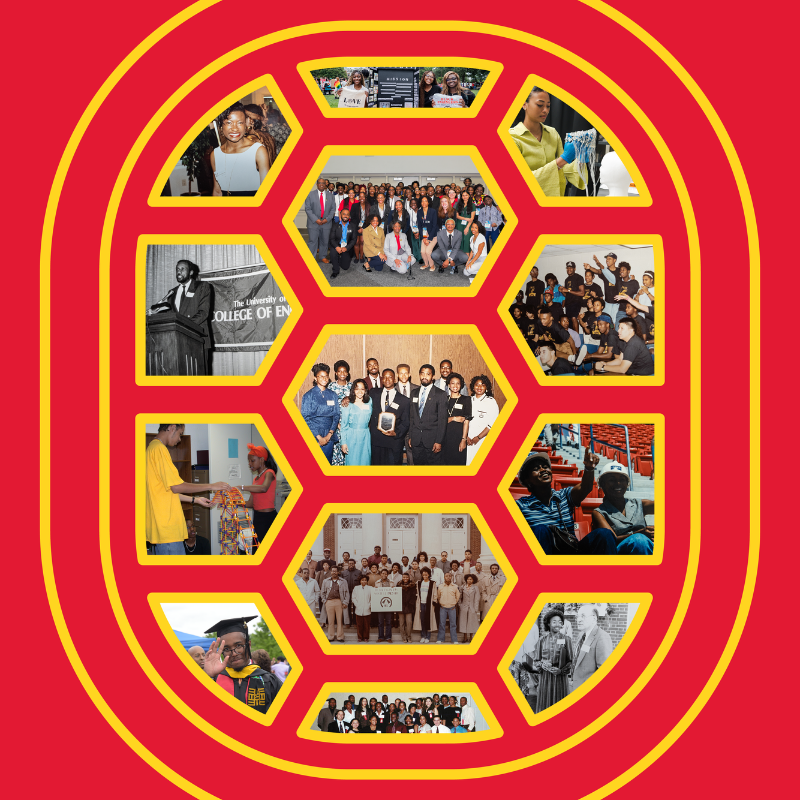News Story
Center for Risk and Reliability Fosters Collaborative Environment
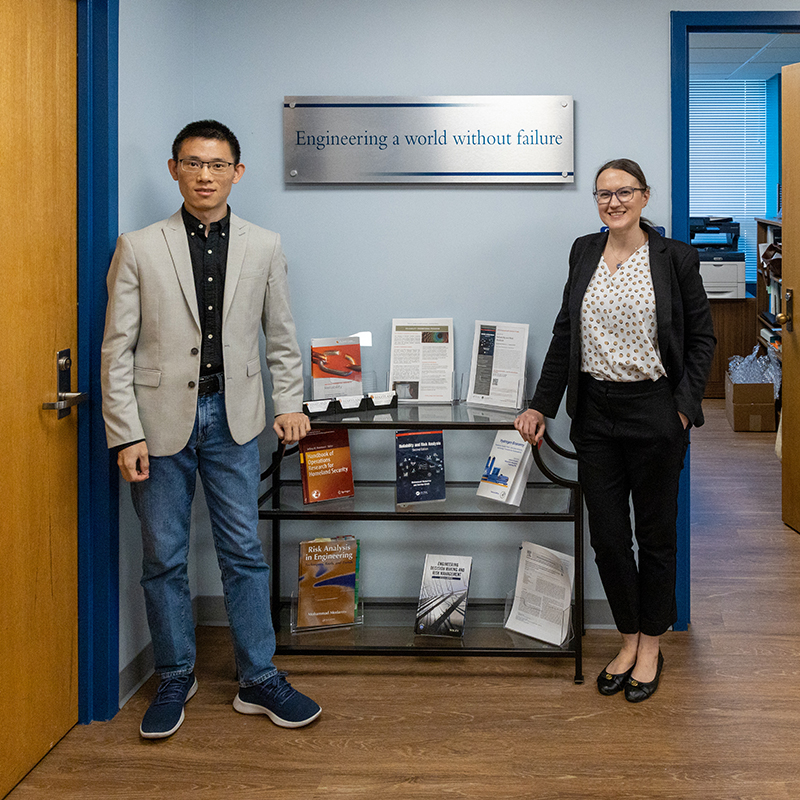
Professor Katrina Groth and Assistant Professor Yunfei Zhao in the new CRR space.
The Center for Risk and Reliability (CRR) at the University of Maryland (UMD) recently unveiled its newly renovated space. The unique environment provides students, faculty, and other collaborators with the opportunity to come together, exchange ideas, and work on interdisciplinary projects all on one floor of Martin Hall. Mechanical engineering Associate Professor Katrina Groth played an instrumental role in driving renovation efforts.
“Previously, students from different labs in CRR were located in several different buildings, resulting in a situation where many students working on multidisciplinary teams were unaware of the office locations of their fellow teammates,” said Groth. “We really wanted to create a space where people could come together and work closely together on different projects—a physical space to show where risk and reliability analysis happens.”
CRR was formed in 1985 as an interdisciplinary hub for education and research to study systems, why and how they fail, and what engineering can do about it. Boasting numerous research laboratories, high performance equipment, and over 20 core faculty members from various departments of the A. James Clark School of Engineering, CRR covers a wide range of risk and reliability research.
The center is driven by a shared vision of fostering cross-disciplinary interactions and innovation, and in an effort to further multidisciplinary collaboration, Groth worked with civil engineering Assistant Professor Michelle (Shelby) Bensi to bring her research group onto the same floor of Martin Hall, allowing students to rotate between the new spaces to enable synergetic research.
“We’re not here just to learn individually, but to learn collectively, to teach each other, to build and network, and to learn how to work with people who come from a different background or have a different perspective,” said Groth. “We’ve tried really hard to make that a part of the culture of the center because engineering is a team sport.”
"We’re not here just to learn individually, but to learn collectively, to teach each other, to build and network, and to learn how to work with people who come from a different background or have a different perspective. We’ve tried really hard to make that a part of the culture of the center because engineering is a team sport."
Professor Katrina Groth
Indeed, by providing a dedicated, professional, and cross-functional space, CRR is encouraging the exchange of ideas both in-person and in a hybrid environment. The space features student desks, a hybrid meeting/conferencing setup, a small, shared documents library, and faculty offices. CRR uses their flexible meeting setup to connect collaborators seamlessly, aiding the development of a strong sense of community among students and faculty from different engineering backgrounds, including some students who live in other states.
“The new CRR space has been a great space to brainstorm and work on reliability models that benefit from collaboration. It has been exciting to walk in and find my lab mates working together on tough problems such as performing failure modes and effects analysis," said Ph.D. student Colin Schell, advised by Groth.
Additionally, the proximity of faculty members facilitates direct engagement between students and faculty, enabling CRR to pursue larger, multidisciplinary research projects. For example, CRR members Groth, Bensi, and mechanical engineering Professor Mohammad Modarres have received several competitive grants and work together to co-advise students and co-teach courses. In fact, they are already pursing new projects with newly appointed Assistant Professor Yunfei Zhao, who joined CRR in January, and hope to begin collaborating more closely with additional faculty from across the Clark School.
“The center can have a larger impact because of this space,” said Zhao. “The space can help provide a better picture to sponsors and incoming students.”
By creating a space that transcends departmental boundaries, the CRR offers a tangible space for students and faculty to collaborate and continue to work toward creative solutions to real-world challenges.
Published July 17, 2023
